How much is Enough? Increasing Movement and Mobility with Footwear Modifications
Footwear modifications increased Understanding and Improved Patient Outcomes at Waikato Podiatry Clinic;
I recently presented on this topic at the Podiatry New Zealand conference and was met with good reception from Podiatrists around this idea.

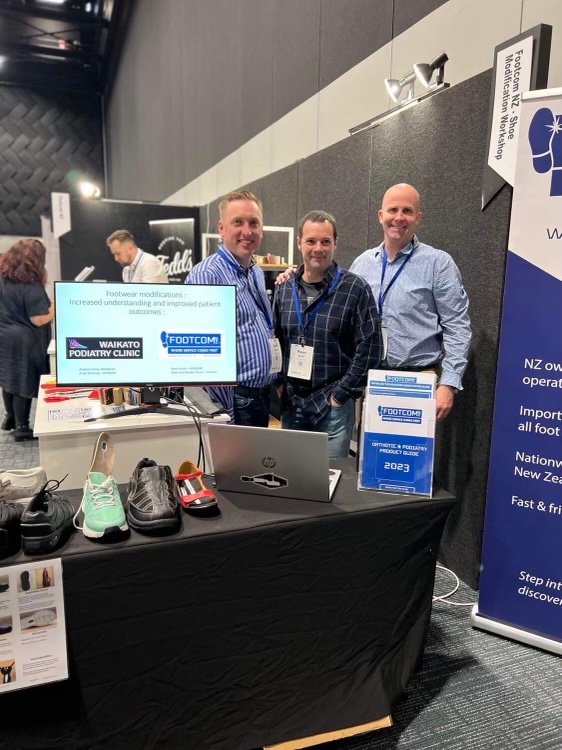
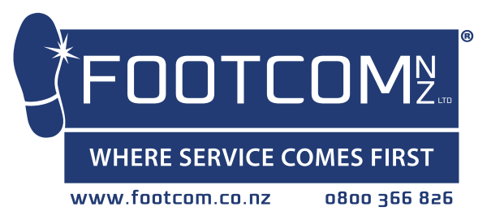
In more severe cases where the lower limb angles are higher.
Standardised footwear and orthotics are not enough to accommodate the angles and provide the level of support required. This had led me into the area of making footwear modifications. I have been very fortunate over the last 10 years to have the expert input from Andy Winning an experienced clinical orthotist, who works with us at Waikato Podiatry Clinic. He has shown us what can be achieved with a range of different footwear modifications.
Some of these adjustments include:
Rocker modifications to help increase fluid nature of gait from heel to forefoot movement while unloading different areas of the foot and ankle. These are often used with arthritic joints and post fusion. One of the most common areas where we would use these, would be a stiff ankle and a stiff big toe joint. If the movement cannot occur within the foot then having the movement occur within the shoe provides a useful alternative. Several standardised brands have rockers incorporated in them however the midsole rigidity amount and location of the rocker are all important for optimal effectiveness.

Lateral and medial buttresses are also very useful, as these add to the structural integrity of shoes and work of residing a more stable platform or the leg to functional. More often than not, the footwear modifications will be used in conjunction with an orthotic. The orthotic can be used to fine tune the level of balance as well as target specific offloaded within the foot.
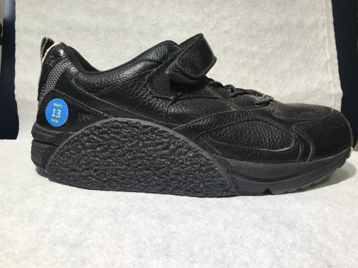
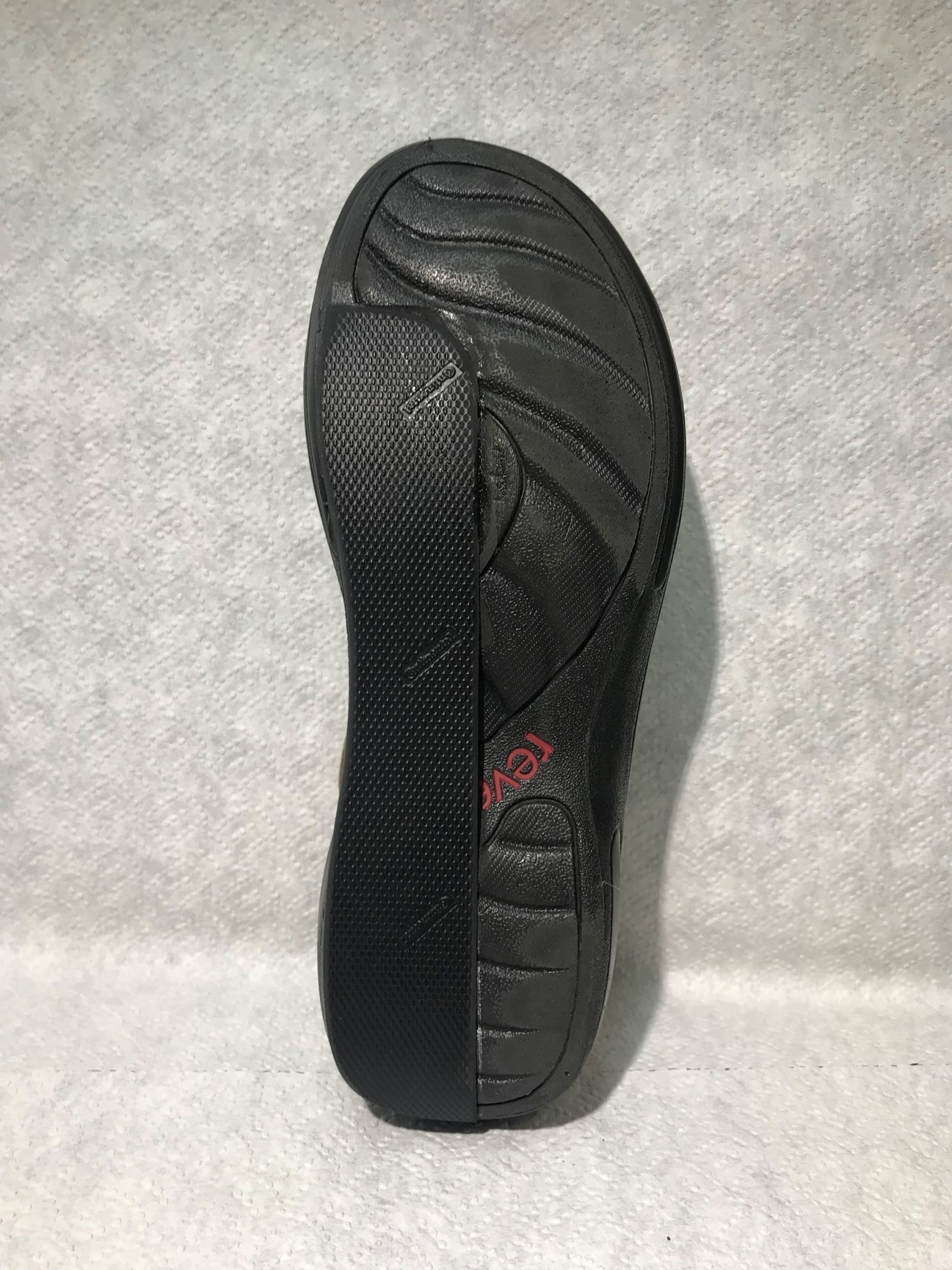
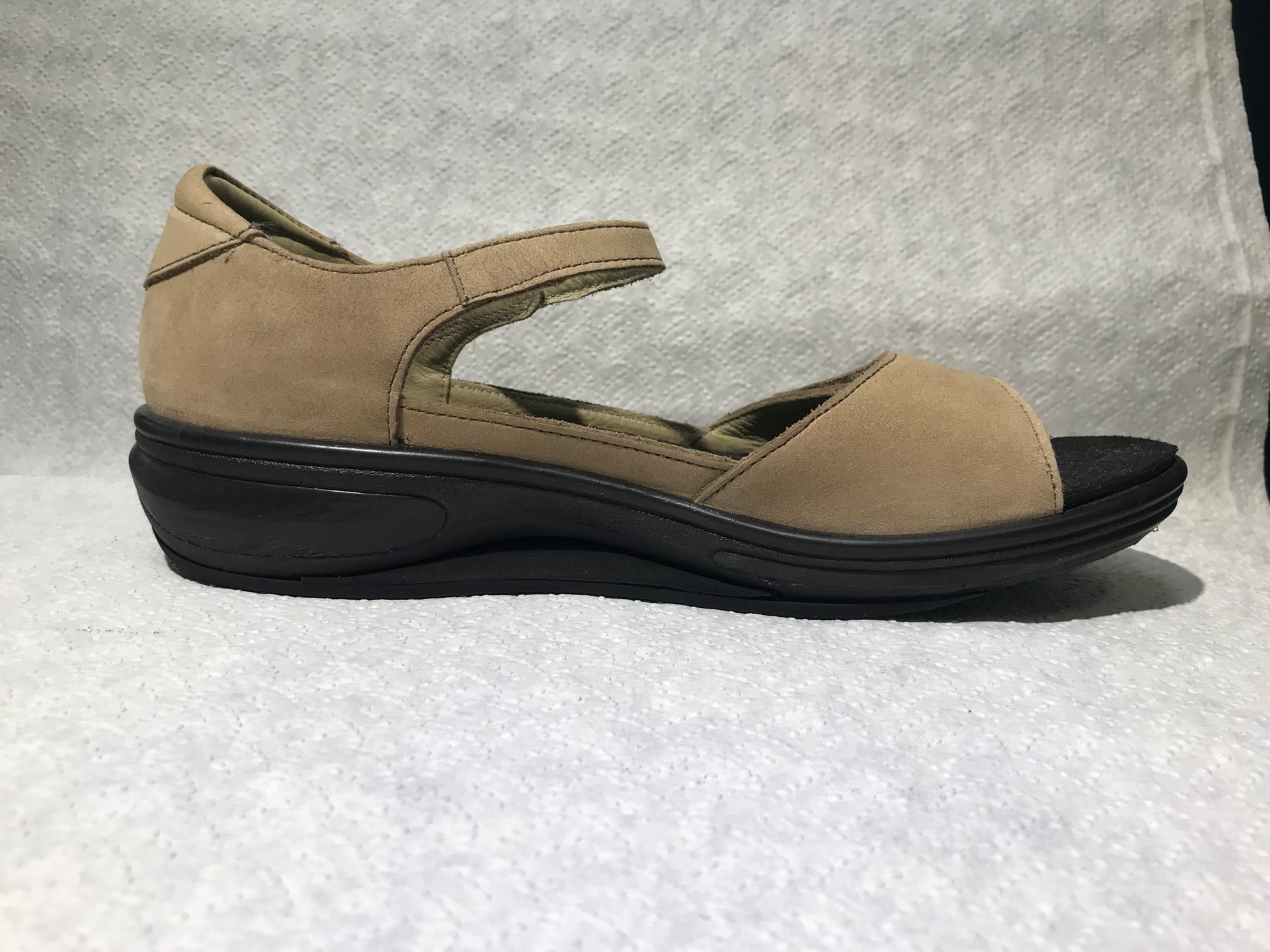
I have broken this approach into six different areas.
- Identification and selection of an appropriate candidate.
- Discussing with the Patient around what is to be achieved in making sure we align our expectations with theirs.
- Selecting suitable footwear to be modified.
- Deciding on the amount and type of modification required.
- Assessing and communication of modification types to the person that is to do them.
- Fitting education and follow-up.
